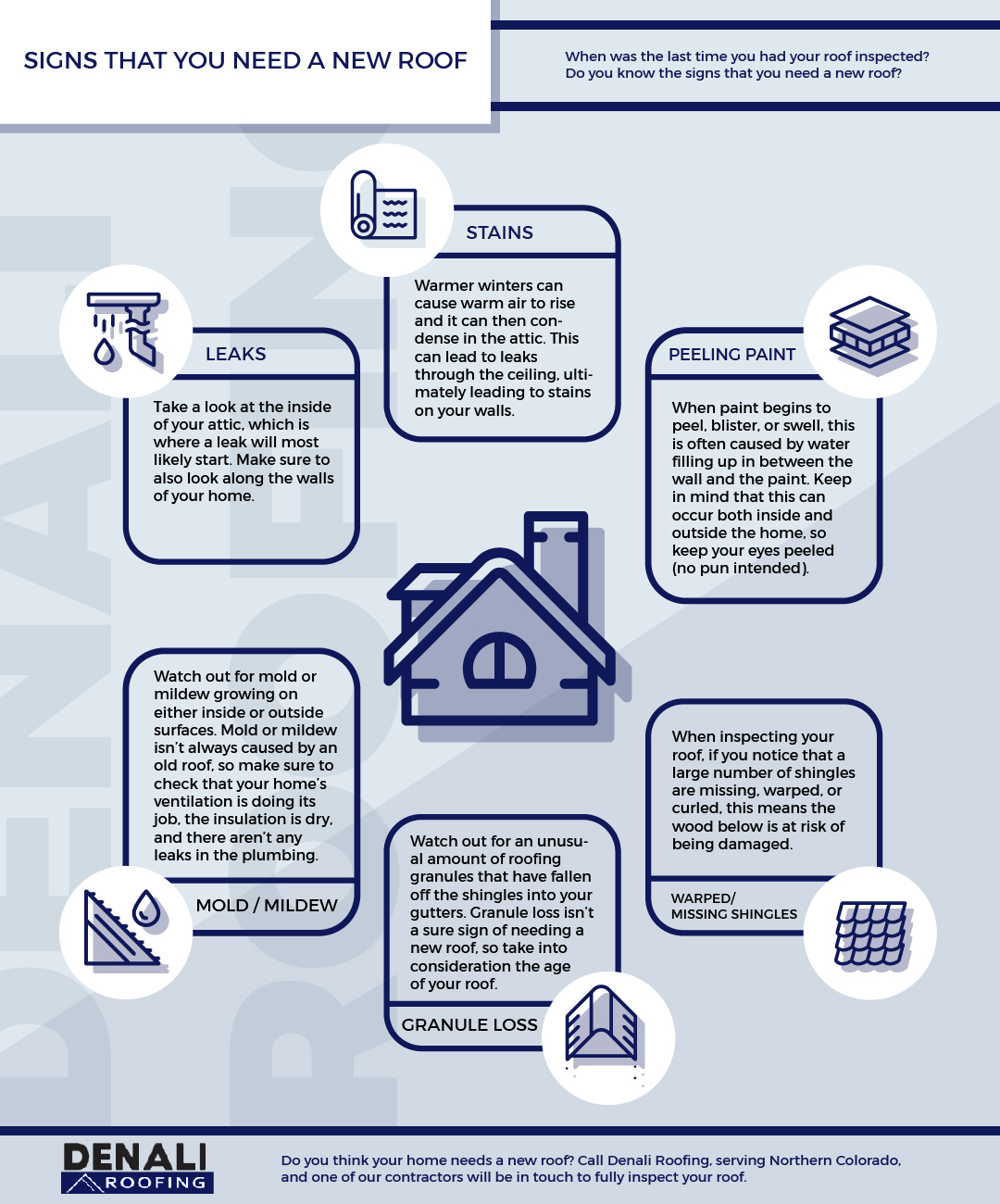Disregarding Roofing Air Flow Can Incur High Costs In Repairs; Recognize The Fundamental Elements That Guarantee Correct Setup And Secure Your Financial Rate Of Interests
Disregarding Roofing Air Flow Can Incur High Costs In Repairs; Recognize The Fundamental Elements That Guarantee Correct Setup And Secure Your Financial Rate Of Interests
Blog Article
Content Author-Conway Thomsen
When you're dealing with a roofing job, you may not think much concerning roof covering air flow, however it's more important than you understand. Effective ventilation assists control temperature and dampness in your attic, preventing issues like mold and mildew and architectural damage. By recognizing just how to develop and mount a balanced ventilation system, you can improve power performance and extend the life-span of your roof covering materials. So, what are the essential elements to take into consideration during setup that can make all the difference?
Importance of Roof Covering Ventilation
Roofing air flow plays a crucial role in keeping the total wellness of your home. By permitting fresh air to distribute through your attic, it assists regulate temperature and moisture degrees. This balance is necessary to avoid heat accumulation throughout warm months, which can cause raised energy costs as your a/c works overtime.
Furthermore, proper air flow significantly minimizes the risk of moisture-related problems like mold and mildew and mildew. If moisture levels climb, your home's structural stability can be endangered, leading to pricey fixings. You wouldn't want to take care of decomposing timber or distorted roof covering materials, right?
Additionally, ample ventilation expands the life expectancy of your roofing system. When warmth and wetness are kept in check, your roof covering can do ideally, protecting against premature damage. This suggests fewer headaches and expenses down the line.
Exactly How Roofing System Air Flow Functions
Efficient roof covering air flow relies on the natural activity of air to produce an equilibrium in between consumption and exhaust. When you install vents, you're essentially allowing fresh air to enter your attic while allowing warm, stagnant air to get away. This process helps regulate temperature and moisture levels, stopping problems like mold and mildew development and roof damage.
Intake vents, normally found at the eaves, draw in great air from outside. At the same time, exhaust vents, situated near the ridge of the roof covering, let hot air surge and exit. The distinction in temperature creates an all-natural airflow, referred to as the stack impact. As cozy air increases, it creates a vacuum cleaner that pulls in cooler air from the reduced vents.
To maximize this system, you need to make sure that the intake and exhaust vents are correctly sized and positioned. If the consumption is limited, you will not achieve the wanted air flow.
Similarly, not enough exhaust can trap warm and dampness, resulting in possible damage.
Secret Setup Considerations
When mounting roof covering ventilation, several essential considerations can make or break your system's efficiency. First, you require to examine your roof covering's design. The pitch, form, and products all influence airflow and ventilation option. Make sure to select vents that suit your roof covering type and neighborhood environment problems.
Next off, take into consideration the positioning of your vents. Ideally, you'll want a balanced system with consumption and exhaust vents positioned for optimal airflow. Area intake vents low on the roof and exhaust vents near the peak to urge an all-natural flow of air. remodeling" prevent dampness accumulation and advertises energy effectiveness.
Don't forget insulation. Appropriate insulation in your attic room protects against warm from escaping and maintains your home comfy. Make certain that insulation does not obstruct your vents, as this can hinder airflow.
Finally, think about maintenance. Choose air flow systems that are simple to access for cleansing and assessment. Normal upkeep ensures your system continues to function properly with time.
Verdict
In conclusion, roofing system ventilation is vital for a successful installation. By making sure appropriate air movement, you can stop heat buildup and dampness concerns that result in expensive damages. When you purposefully placement consumption and exhaust vents, you improve power effectiveness and prolong the lifespan of your roofing system. Keep in mind, a well-ventilated roof covering not only protects your financial investment however additionally enhances your interior air quality. So, https://www.greenroofs.com/2020/06/12/what-if-buildings-could-be-designed-to-make-a-positive-contribution-to-the-environment/ to make sure a resilient and affordable roofing system for your home.
